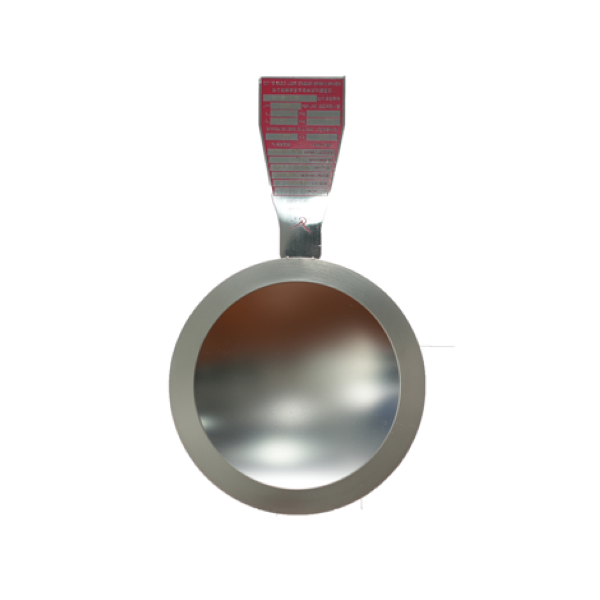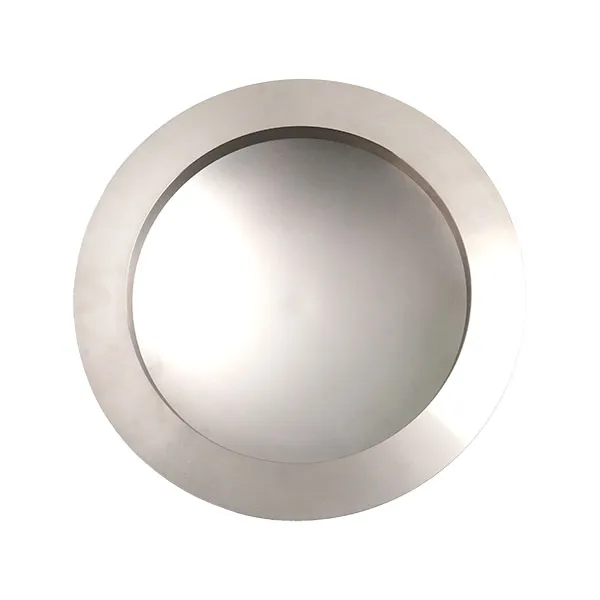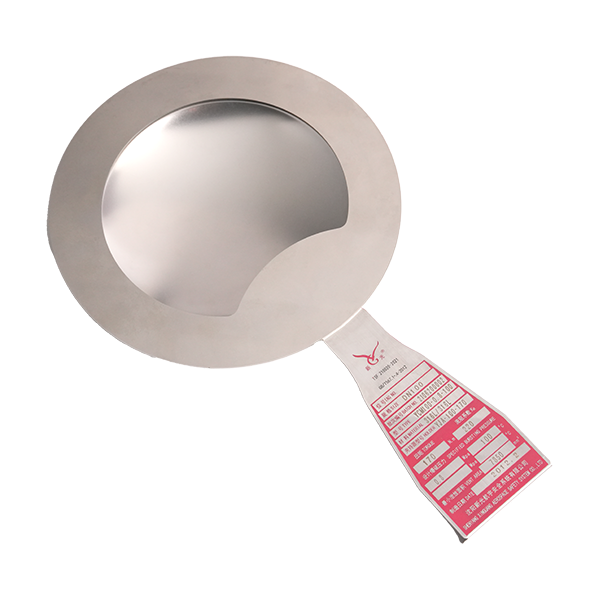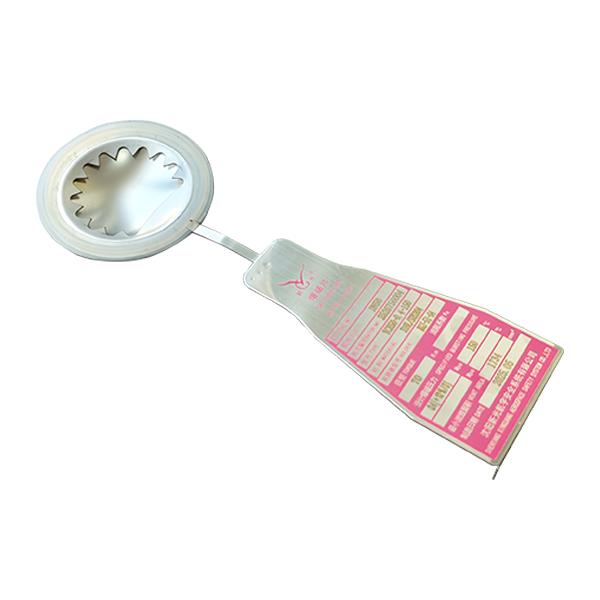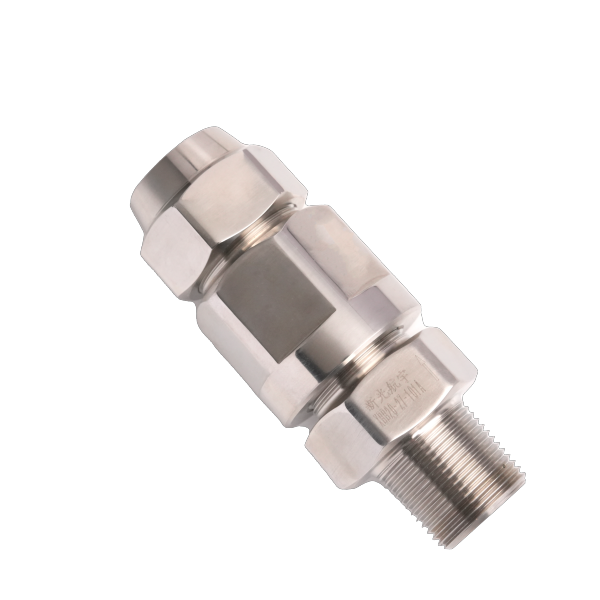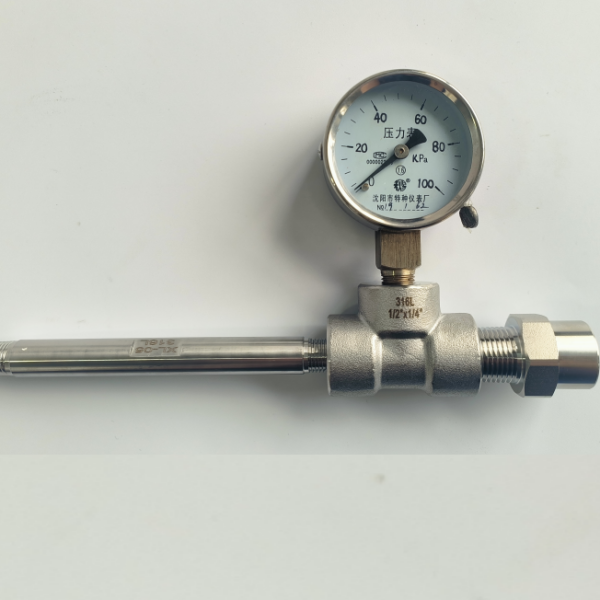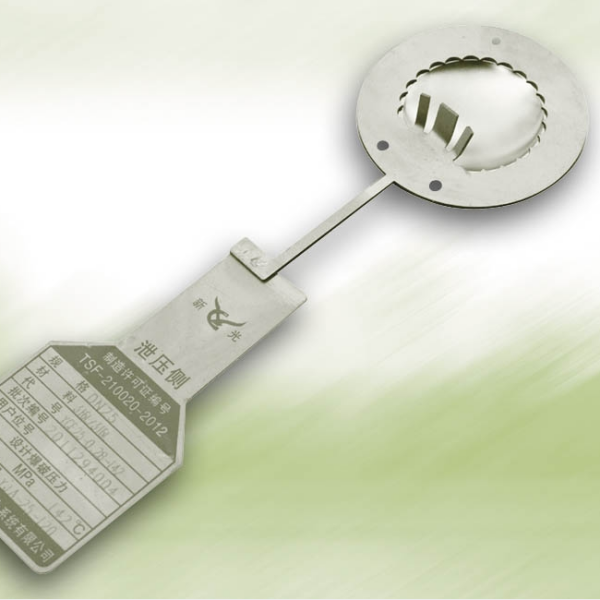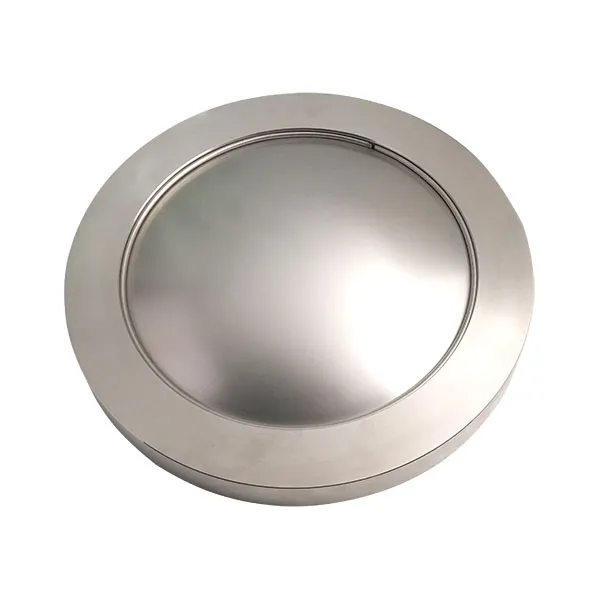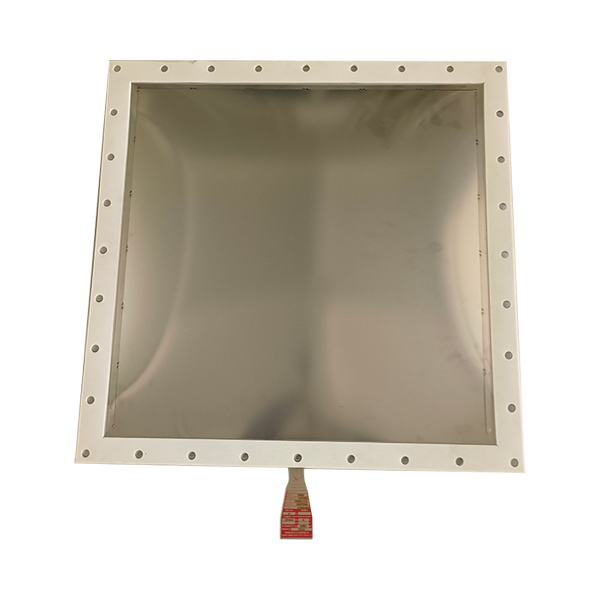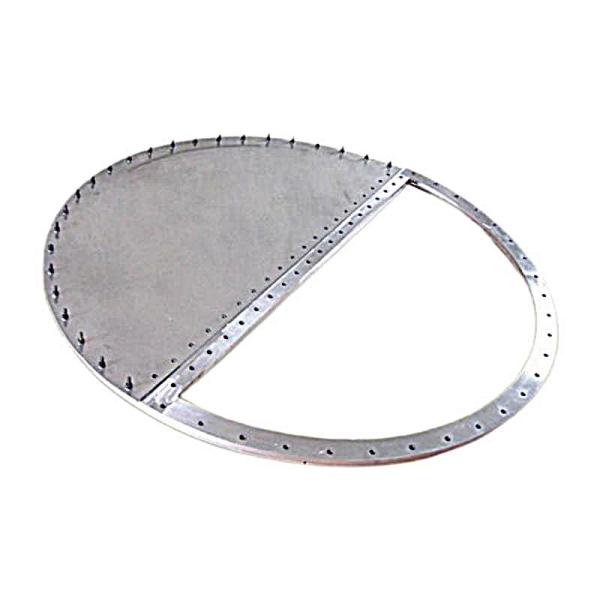As an important overpressure safety protection device in industrial pressure-bearing equipment, clamping type bursting disc has a high working pressure ratio and good sealing performance, and is widely used in many fields such as chemical industry, petroleum, medicine, and food. The rupture disc realizes pressure relief by means of a reverse arched diaphragm that is unstable and flips and breaks during overpressure, providing accurate pressure protection for the system. However, in the actual use process, affected by many factors, clamping type bursting disc may still have a series of problems. If these problems are not solved, the rupture disc may not be able to move accurately under a predetermined pressure, and it may also cause media leakage, equipment damage and even safety accidents. Therefore, this article allows us to understand the causes and effects of these common problems.
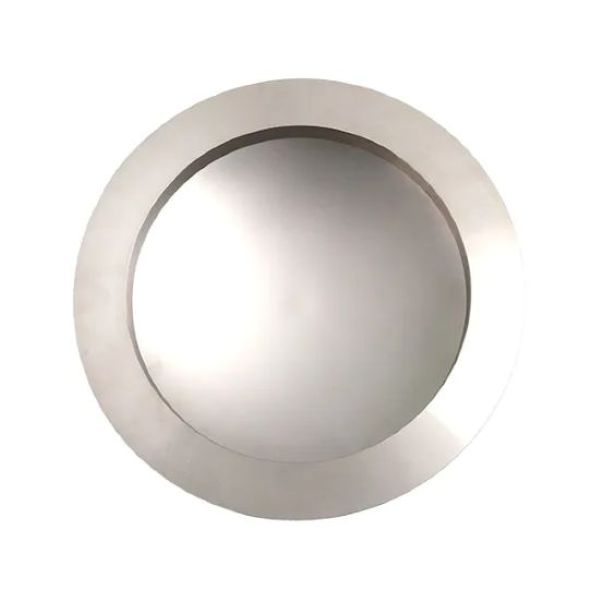
Common problems caused by installation:
1. Insufficient or uneven clamping force: clamping type bursting disc needs to be used in conjunction with the gripper. If the clamping force is insufficient, the surrounding of the rupture disc may loose and fall off, resulting in a decrease in the burst pressure and cannot be accurately operated under the set pressure. Uneven clamping force will cause uneven force on the rupture disc, which may cause local premature rupture and affect the overall pressure relief effect.
2. Wrong installation direction: the rupture disc has clear installation direction requirements. If it is installed in reverse, it will not work properly.
3. Damage to the arch surface: during the installation process, if you accidentally touch or collide with the arch surface of the clamping type bursting disc, it will cause pits, scratches and other damage to the rupture disc, which will seriously affect the performance of the rupture disc.
Common performance issues:
1. Burst pressure deviation: after long-term use, the burst pressure of the rupture disc may also decrease due to factors such as corrosion of the medium, repeated fluctuations in pressure, and material creep. In addition, if the temperature of the working environment exceeds the design temperature range of the rupture disc, it will also affect the accuracy of the burst pressure.
2. Limited fatigue resistance: although the fatigue resistance of clamping type bursting disc is relatively good, fatigue failure may still occur after long-term use in some cases where pressure pulsation is very frequent and the amplitude is large.
3. Media adaptability problem: for some highly corrosive media, if the material of the rupture disc is not selected properly, the diaphragm will be corroded, which will affect the strength and blasting performance of the rupture disc.
Maintenance and replacement issues:
Clamping type bursting disc is a disposable safety device that needs to be replaced in time after blasting. However, in actual use, there may be situations where it is not replaced in time, which will cause the equipment to lose effective overpressure protection in subsequent operations. In addition, in daily maintenance, if the clamping type bursting disc is not properly inspected and maintained, for example, the sealing performance of the gripper is not checked, etc., it may also leave safety risks.

